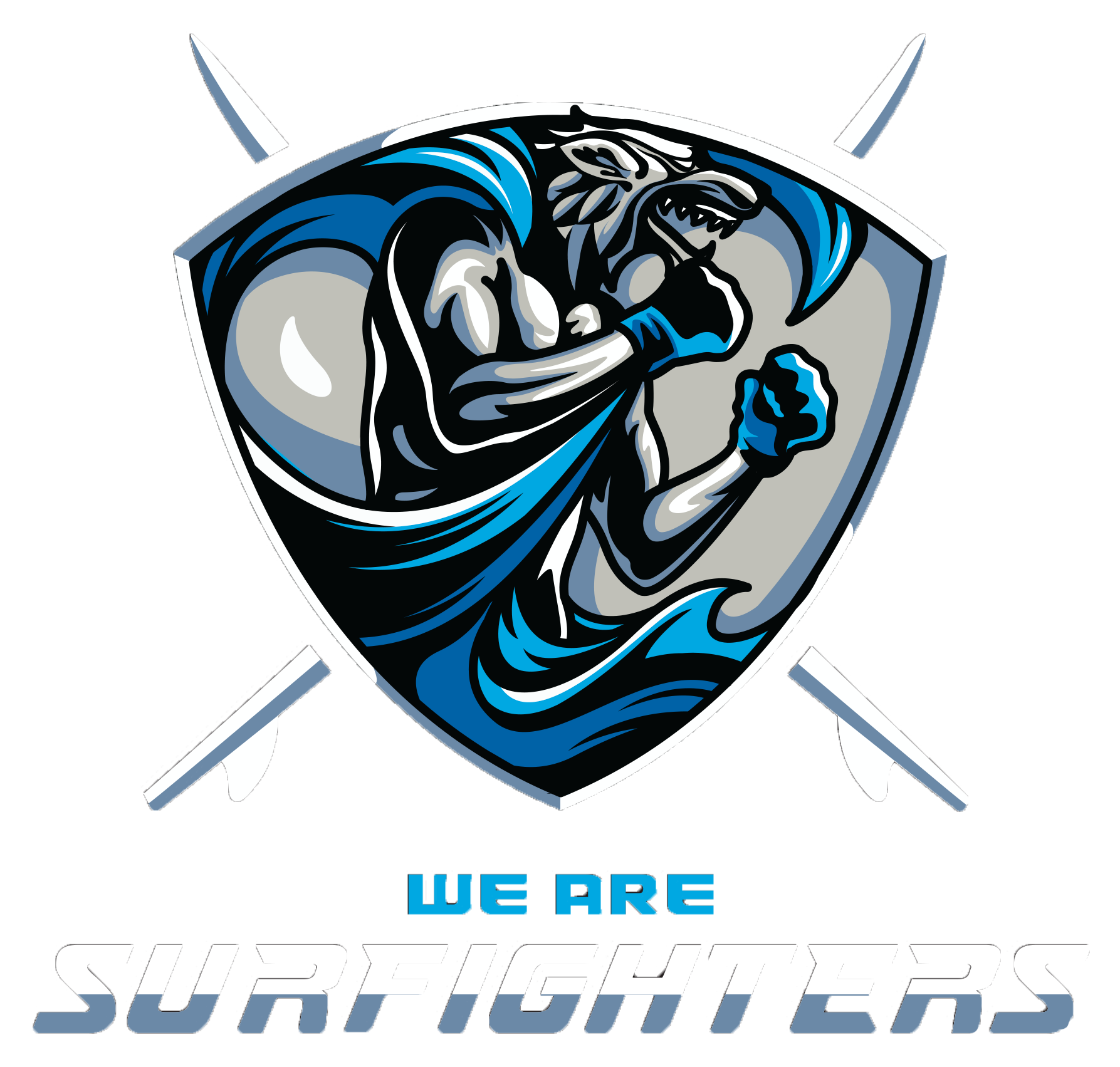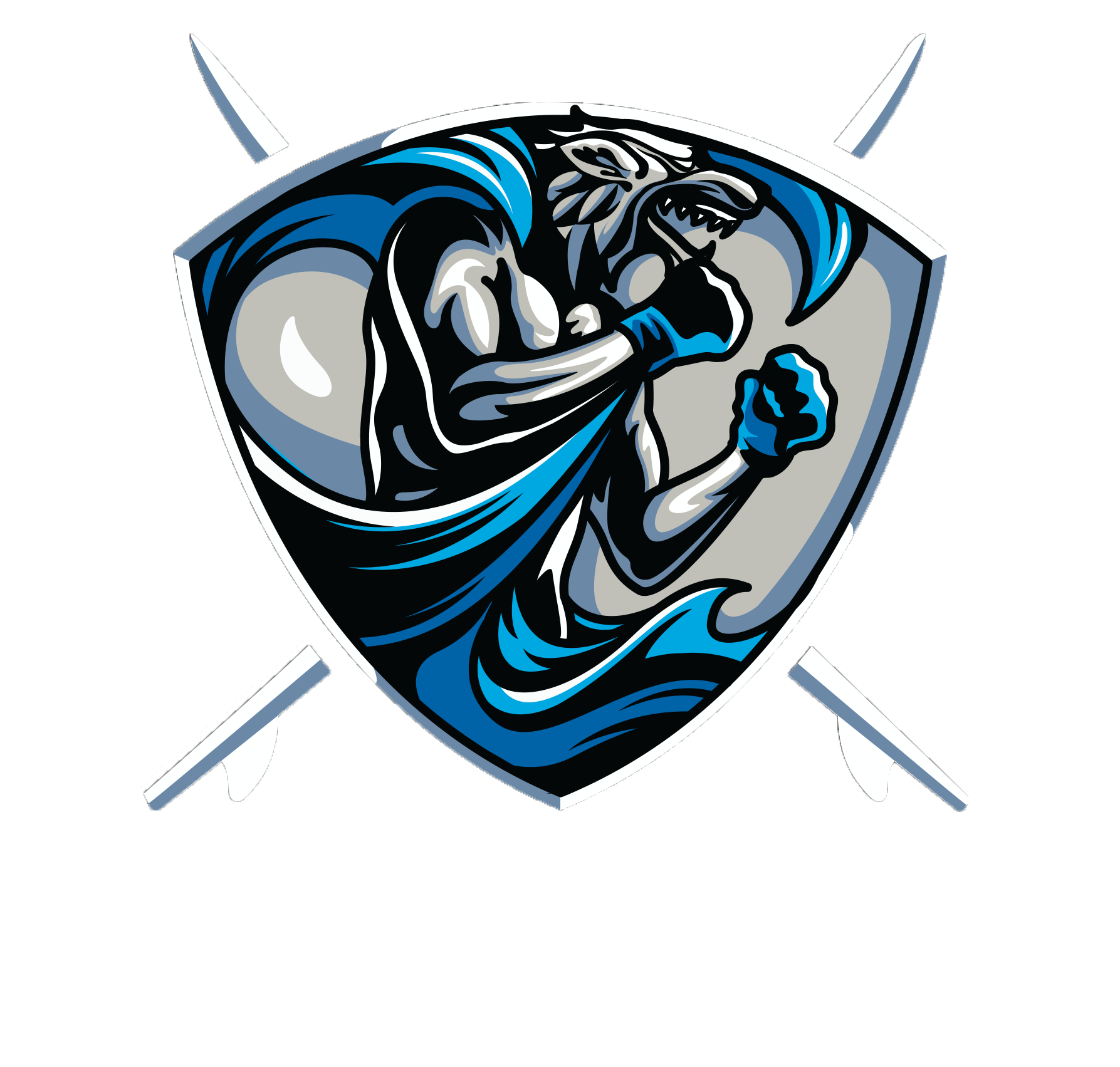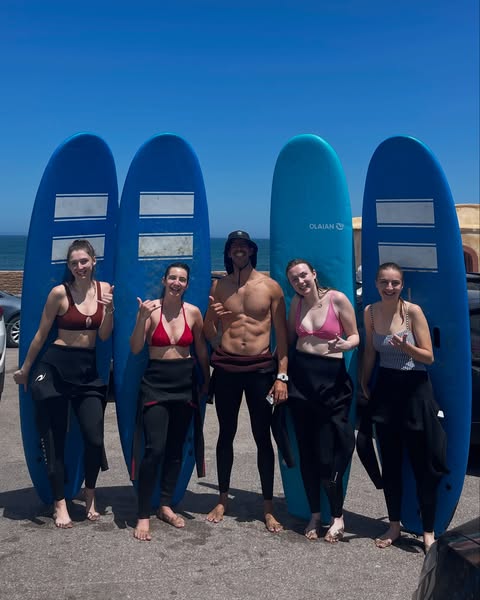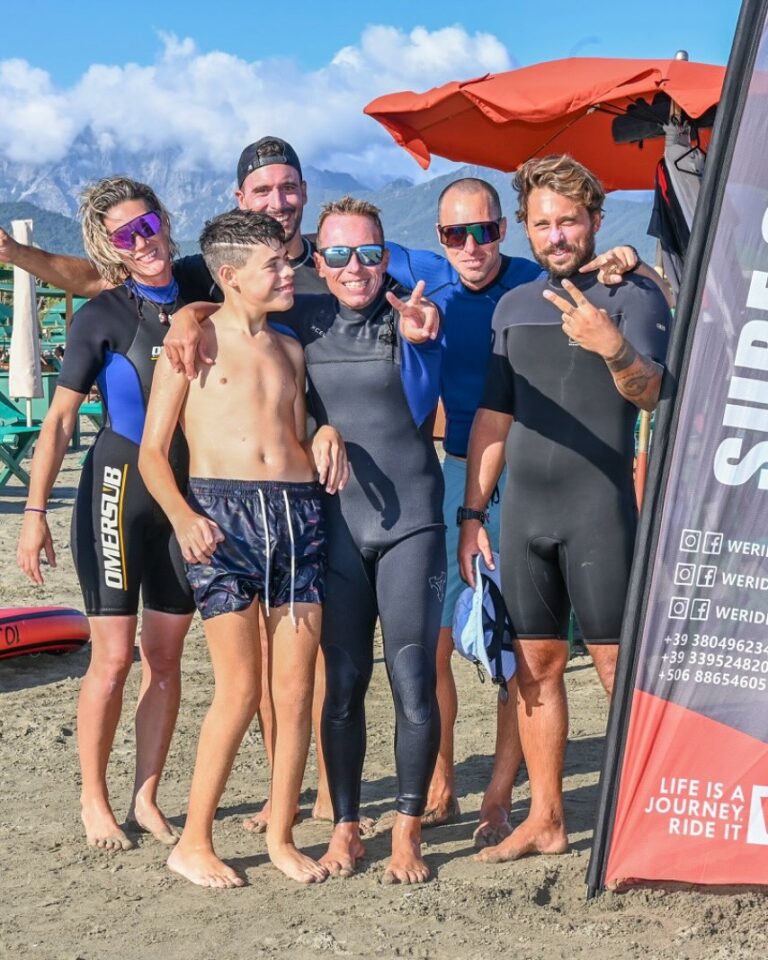Introduction
Learning to surf involves much more than just balancing on a board. One of the most essential skills every surfer must develop is the ability to read waves when surfing. The ocean is dynamic and constantly changing. If you can’t read the waves properly, you risk wasting energy paddling for the wrong ones or missing the best waves altogether.
In this guide, we’ll break down the basics of how to identify different types of waves, understand how tides affect surf conditions, and improve your wave selection so you get more out of every session. Whether you’re a beginner or looking to sharpen your surf instincts, these tips will help you take your skills to the next level.
Why Wave Reading Is Crucial
Even experienced surfers can struggle with reading waves if they don’t pay attention to the subtle changes in the water. The ability to spot a wave before it breaks, predict how it will behave, and position yourself accordingly is what separates casual surfers from truly skilled ones.
Reading waves is not something you can master overnight. It comes with time, practice, and observation—but understanding the fundamentals will speed up your learning process significantly.
Tips and Techniques: How to Read Waves When Surfing
Watch the Tide
Tides play a significant role in how waves behave. The same beach can offer completely different conditions depending on whether the tide is high, low, or changing.
High Tide
In some spots, high tide improves wave quality. In others, it can cause waves to become too soft or break too close to shore, reducing their surfability.
Low Tide
At low tide, you might find waves that are faster or more hollow. Some beach breaks work best at low tide, but the waves might break further out.
Changing Tide
During rising or falling tide, you may see inconsistent wave sets or longer gaps between waves. It’s a good idea to ask locals or surf instructors how tides affect a specific spot.
Understand Wave Shapes
Different wave shapes offer different kinds of rides. Recognizing them helps you decide whether to commit or pass.
Left-hand wave: Breaks from right to left (from the surfer’s view). Ride it to your left.
Right-hand wave: Breaks from left to right. Ride it to your right.
Closeout: Breaks all at once across its length. Hard to ride—often best to avoid.
A-frame wave: Breaks both left and right from a central peak. Ideal because two surfers can ride it in opposite directions.
Look for the Peak
The peak is the highest part of the wave and the first area that starts to break. Positioning yourself close to the peak gives you the best chance for a long and powerful ride.
How to Spot It:
Watch the horizon for incoming lumps or swells.
Track which part of the wave rises first—that’s your peak.
Paddle in that direction for better wave positioning.
Assess the Speed of the Break
Wave speed affects your timing and maneuvering. Understanding how fast a wave is likely to break helps you decide which ones to chase.
Fast-breaking waves: These have shallow shoulders and often close out quickly. They require quicker reflexes and offer less room for turns.
Slow-breaking waves: Have steeper shoulders and provide longer, smoother rides. Ideal for beginners and for practicing technique.
Notice Consistency
If waves are breaking in the same spot repeatedly, it’s easier to position yourself for a good ride. Inconsistent waves mean you’ll need to move more and observe more closely.
Consistent Conditions:
Peaks form in the same general area.
Easier to paddle into a good position and wait for sets.
Inconsistent Conditions:
Peaks appear randomly across the break.
Requires more movement and faster decision-making.
Practice Is the Real Teacher
Like most surf skills, reading waves becomes easier with repetition. The more time you spend in the water, the more you’ll recognize patterns, behaviors, and subtle signs in the ocean.
Start by observing other surfers—where they sit, which waves they catch, and how they move. Combine those insights with your own sessions, and your wave-reading ability will grow session by session.
Conclusion: Master the Ocean, One Wave at a Time
Understanding how to read waves when surfing is one of the most valuable skills you can develop as a surfer. It allows you to surf smarter, conserve energy, and make the most of every swell. While no guide can replace time in the water, these tips will give you a head start in building the intuition that great surfers rely on.
Now it’s your turn: grab your board, study the horizon, and start reading the ocean like a pro. The best way to improve is to surf often, observe deeply, and always stay curious.
